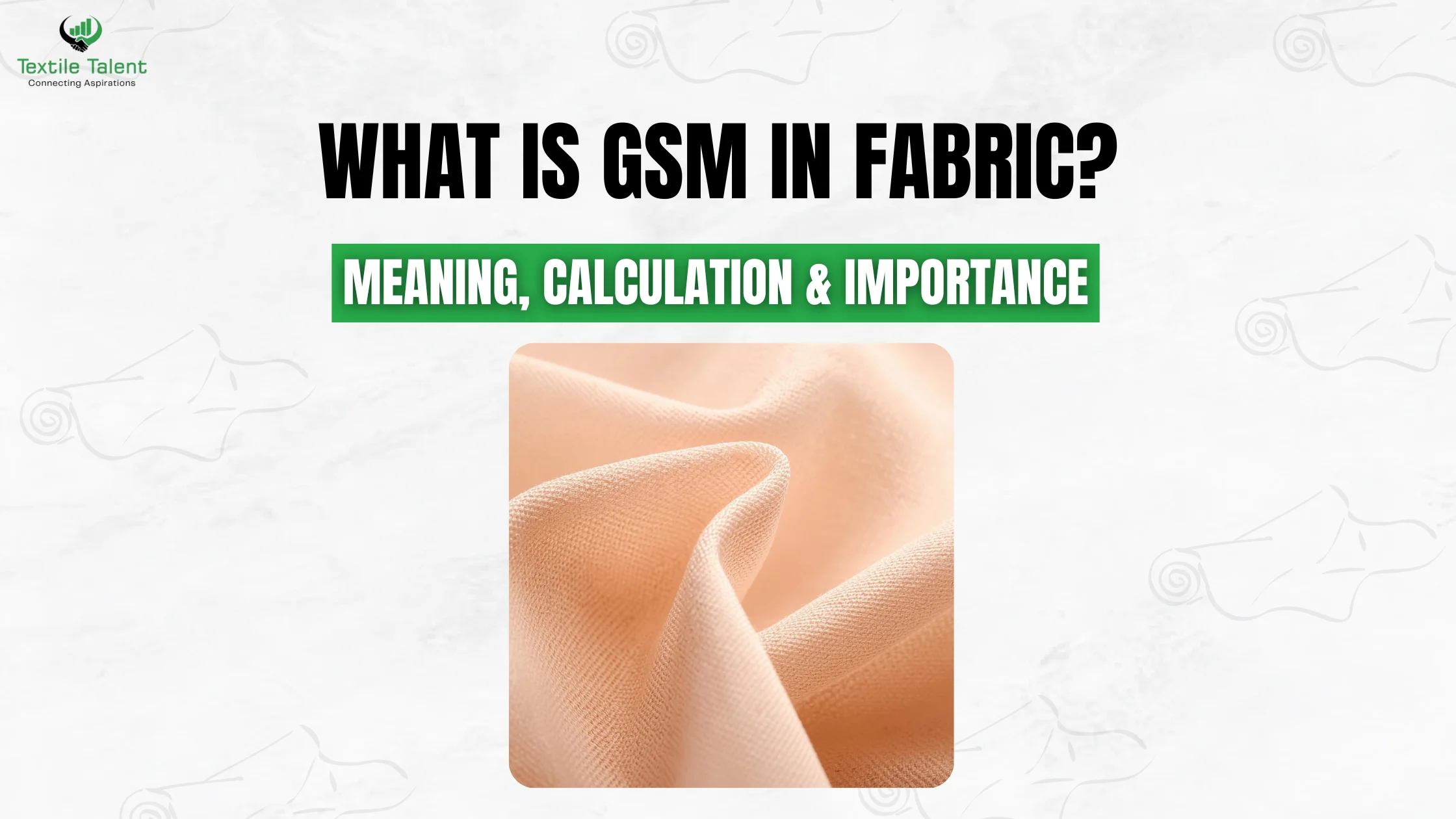
SUMMARY :
This article deals with the severe effects of the Industrial Revolution on India's traditional textile industry. With colonial interference and industrial imports, India’s age-old textile artistry was not just sidelined, it was economically suffocated. Indian markets were invaded by British-made machine textiles which put a halt on local productions and imposed an unfair trading practice on the local land, which result in enforcing poverty on Indian artisans.
The article also charts the transformation of India from a dominant exporter of fine textiles to a supplier of raw materials. Giving a historical perspective, economic aspects, and social impacts, this article tries to give a wholesome view of a great break in the history of Indian textiles.
INTRODUCTION :
The Industrial Revolution which once started in Britain and transformed the manufacturing with machines and factories. It had a great impact on the economic growth of Europe but very devastating impact on the Indian textile field. Indian textile was Once a World Leader , known for its handwoven muslin, silk, and Indian cotton in global markets had to face with the poverty due to colonial policies.
Tariffs and import duties were imposed on Indian textiles entering Britain and the British or machine made textiles were allowed to enter in Indian region with very low tariff or maybe duty free. India had then become the supplier of the raw materials for the British mills .
The colonial rulers encouraged Indians for the cultivation of raw materials like cotton and indigo, at the expense of food crops, and these materials were then exported to British factories. The finished goods were then re-imported or sold back to Indian markets ,making the traditional Indian weavers lose their livelihood in the face of cheaper industrial goods.
The Industrial Revolution: A Turning Point for Global Trade
A movement that is thousands miles away, Britain's industrial rise which quietly crushed the handcrafted textile culture of India.
It marked the collapse of a once flourishing textile industry of India , the transition from a high quality producer of goods to a supplier and a importer of cheap raw materials to foreign market.
What Is Industrial Revolution ?
The Industrial Revolution which started in Britain in 18th century put a major milestone in how goods were being produced and traded in the world. There came a change with industrial revolution and Indian economy got scaled down from being a agricultural based with a handicraft philosophy to being industrialized based on the machine ,factory and mass production.
So the key aspects of industrial revolution are :
-
Switch from physical effort to mechanized manufacturing.
-
New machines were introduced such as spinning jenny, steam engine, power loom etc.
-
Urbanization , people started moving to urban areas.
-
Textile leadership shifted to industrial Britain.
So here are the points of how industrial revolution impact the indian textiles:
How British Industrialization Undermined Indian Textiles ?
-
From Finished Goods Exporter to Raw Material Source
-
India was well-known for exporting high quality finished textiles like silk, muslin, and handwoven Indian cotton in global markets prior to British domination.
-
British began importing massive quantities of raw cotton from India at cheap rates to feed their textile mills.
-
They exported machine-made British cloth back to India, which saturated the market with low-cost goods.
-
Heavy tariffs were imposed on Indian finished goods to avoid competition.
-
British textiles were allowed duty-free entry into Indian markets.
2. Collapse of Traditional Weaving Practices
Traditional Indian textiles were made by skilled artisans; each region is known for its own unique craft forms, such as Dhaka muslin, Murshidabad silk, Kanchipuram Kanjeevaram silk, and Gujarati cotton prints.
-
British factories began producing textiles on a massive scale using machines like:
-
Spinning Jenny and Power Loom.
-
British textiles made by machines were cheaper and quicker, leaving Indian handlooms behind.
-
Unfair Colonial Policies That Broke India’s Textile Backbone:
-
Unfairly taxing domestic textiles, thereby undermining Indian exports.
-
Opening Indian markets to British textiles without imposing import tariffs.
-
Blocking weavers from getting help with tools, loans, and customers.
-
The fading of India’s artistic soul included:
-
Old ways of making cloth—dyeing, weaving, and embroidery—faded away.
-
Decline in traditional skill inheritance.
3. Loss of Jobs and Income
-
British machine-made textiles ruined demand for handmade Indian fabrics.
-
Artisans lost jobs with no access to technology, training, or credit, Many turned to subsistence farming or unskilled urban labor.
-
In artisan regions, economic hardship resulted in poverty cycles that lasted for generations.
4. Disruption of Cultural Continuity and Creativity
Loss of generational knowledge as weaving, dyeing, and embroidery techniques were passed from father to son, mother to daughter so when families left the trade, skills and secrets of the craft were lost forever.
Disruption of caste and community roles as textile production in India was often tied to specific communities or castes but the loss of textile work uprooted traditional social structures and occupations.
Uniformity stitched over the colors of imagination as the uniqueness and soul of handcrafted Indian textiles were replaced with industrial sameness.
So to revive Indian industries, promoting economic self reliance and resisting British exploitation, the Khadi and Swadeshi Movements were set in motion.
Each played a key role in resisting British imperial rule in India.
Born from the backlash against Bengal’s division, the Swadeshi Movement (1905–1911) became a defining chapter in India’s road to self-determination.
Here is how it had an impact over British rule:
-
Boycott of British goods
-
Public protests and bonfires were initiated, British clothes were publicly burned in symbolic protests.
-
Promotion of Indian industries ,Concentration was laid on using khadi (homespun cloth), handloom textiles, and local crafts.
With the Khadi Movement, Mahatma Gandhi lit the flame of self-reliance—reviving village industries, honoring native skills, and binding the nation in patriotic purpose.
-
It was first initiated in Gujarat to promote economic self-reliance and resist British exploitation.
-
Erase social boundaries and nurture inclusive patriotism.
-
Created job opportunities in spinning, weaving, and dyeing which reduced migration to urban areas.
-
Women, especially in villages, found a role in national service by spinning Khadi at home.
-
There is a saying from Gandhi ji," Khadi is not just cloth; it is a symbol of Indian self-reliance and unity.
More Like this: Automation in Textiles
Conclusion:
How did the Industrial Revolution impact the Indian textiles? Due to their common background in disquiet and protest, the Indian economy and the Industrial Revolution are Connected. India's ancient textile industry, which had long provided both economic power and cultural identity, was erased by this global change. Handloom manufacturing was devastated by British colonial administration and the production of machine-made cloth. Crafts were eliminated, weavers were put out of work, and India was demoted from a leading exporter of textiles to a raw material supplier.
Apart from inflicting collective Grief, this economic downturn prompted a strong national reaction. Economic and self-reliance were called for by initiatives like Khadi and Swadeshi. Now connected by exploitation, the Industrial Revolution and Indian economy formed the catalyst for India's rebirth. Embracing Khadi came to symbolize resistance and integrity. However the silence of the looms, the ethos of independence.






